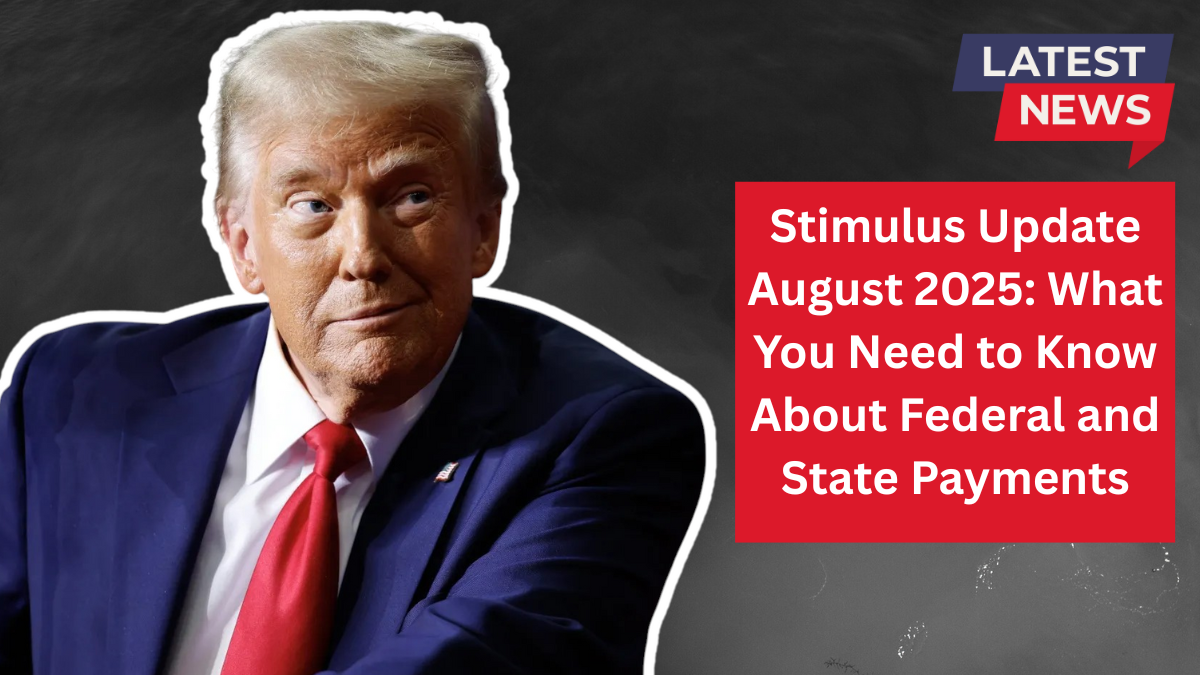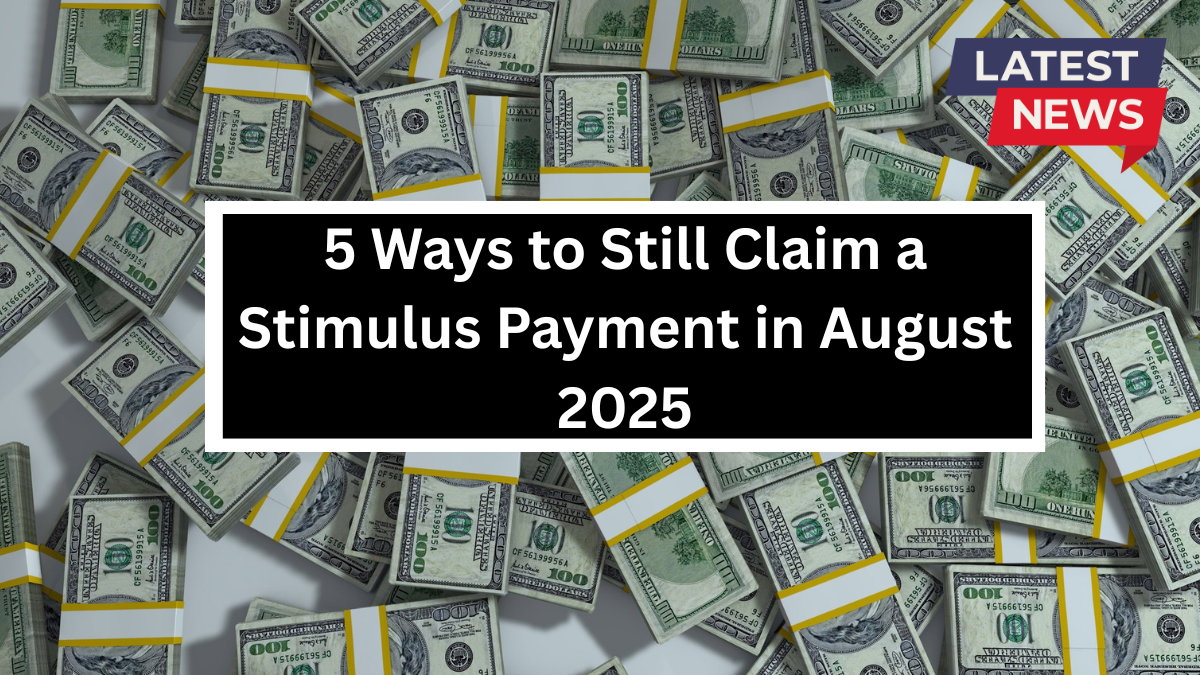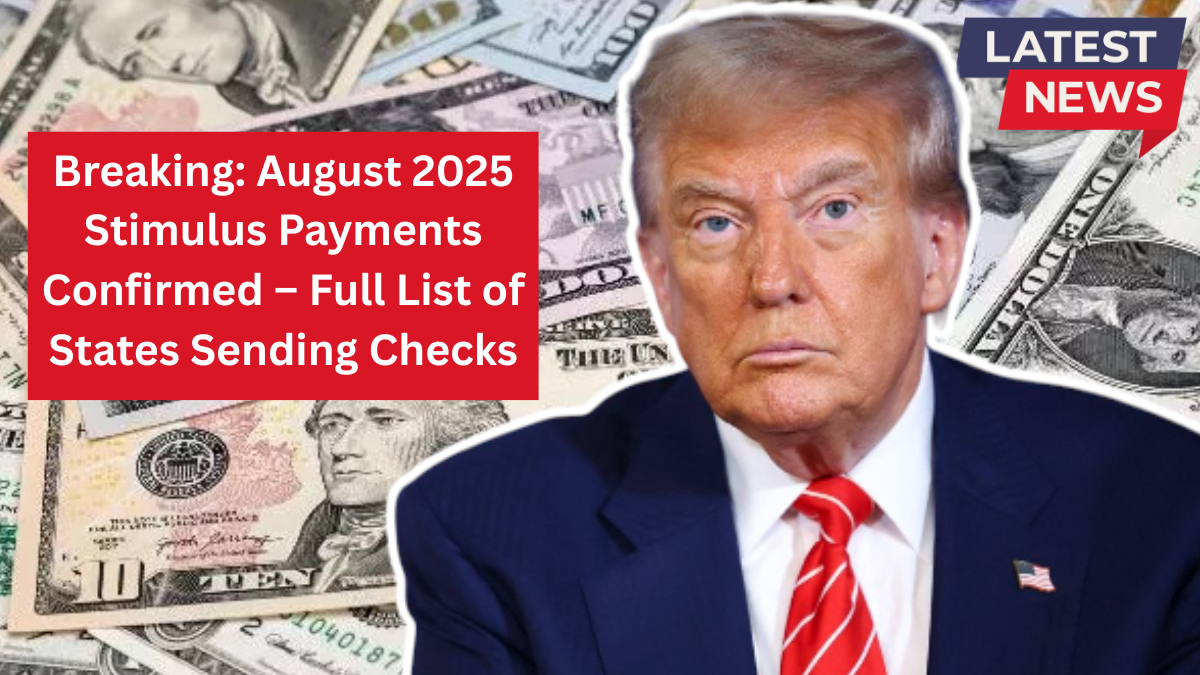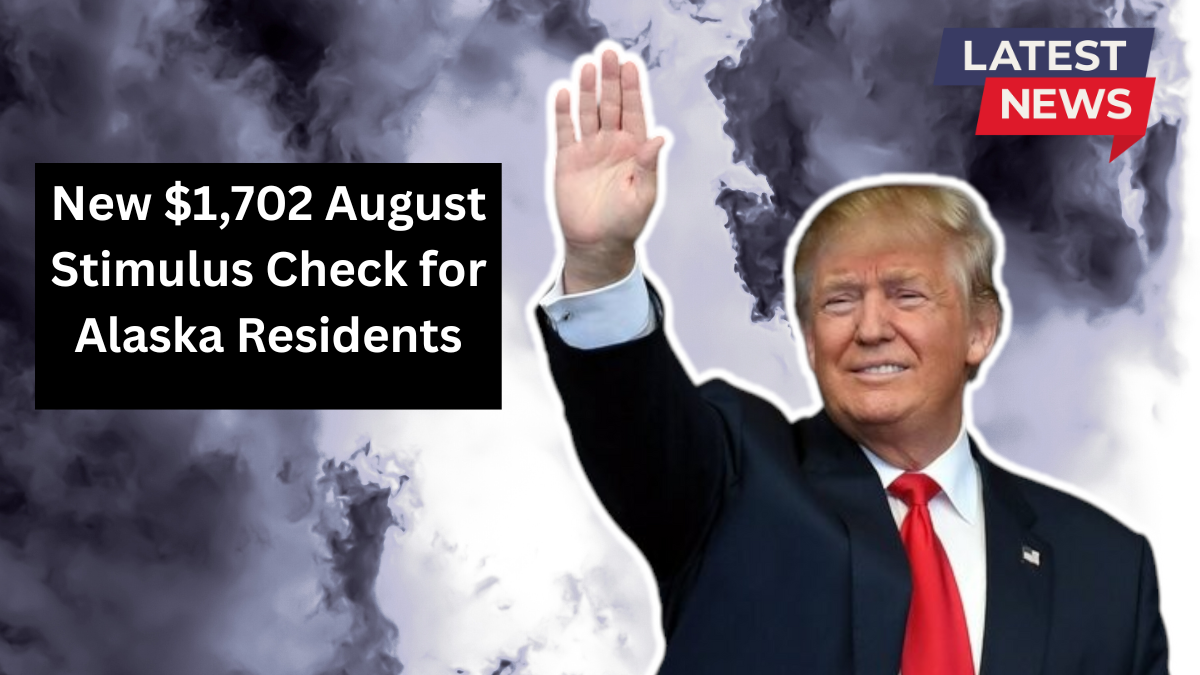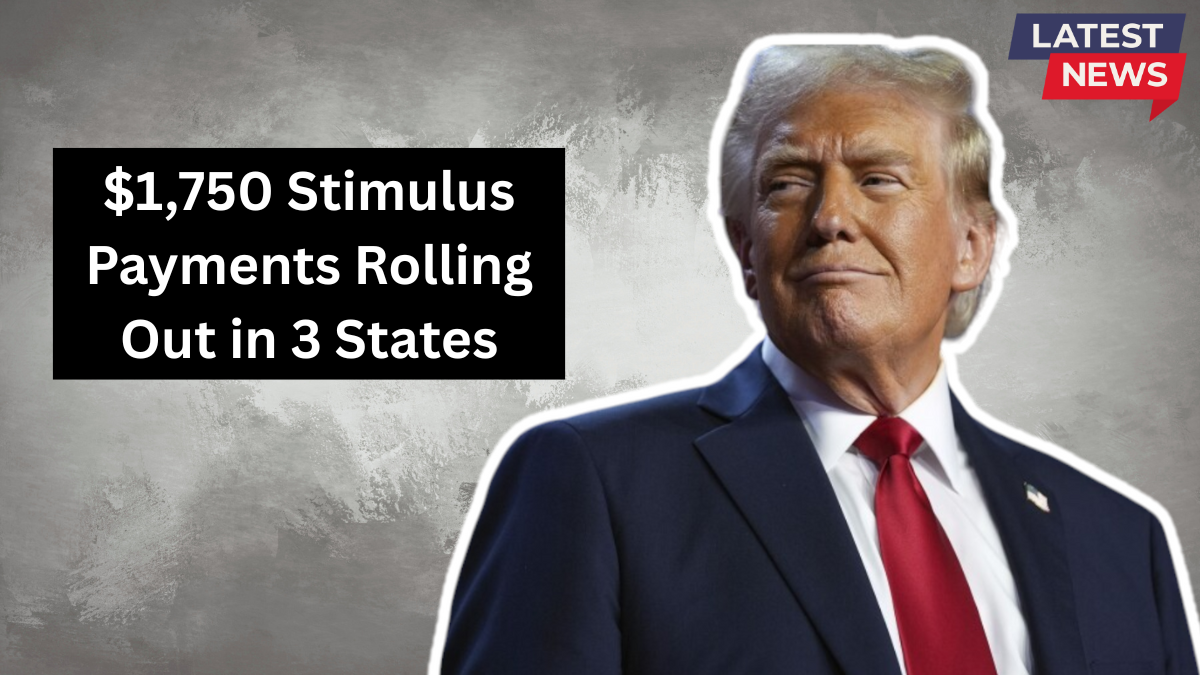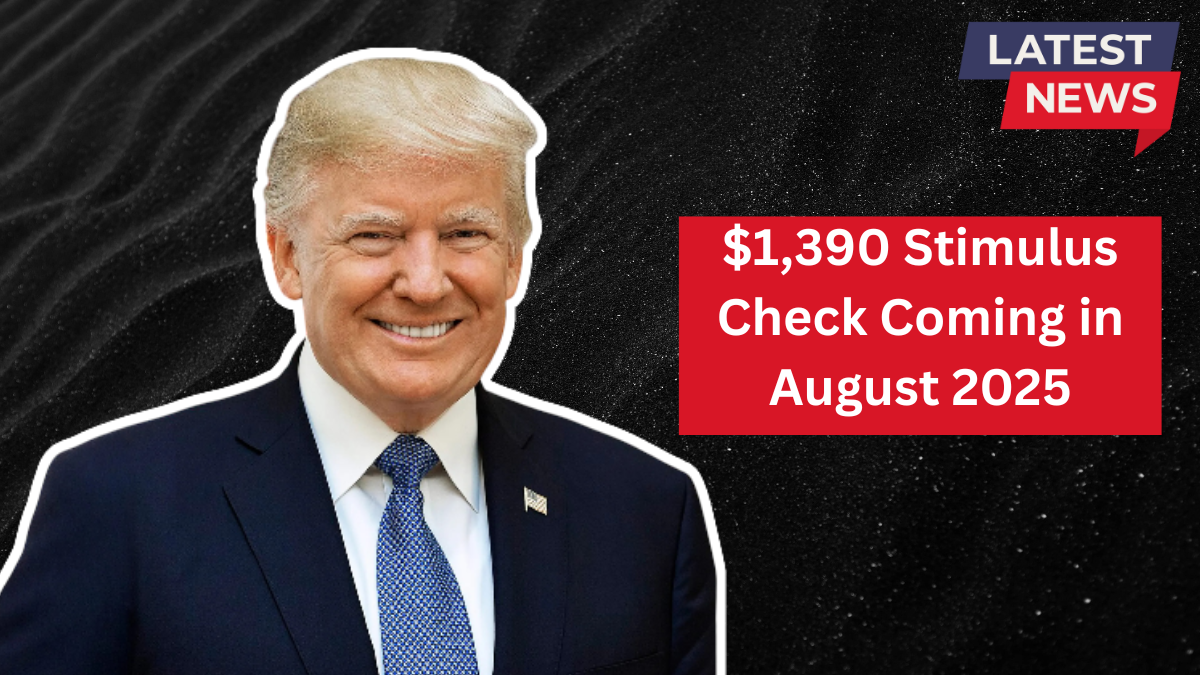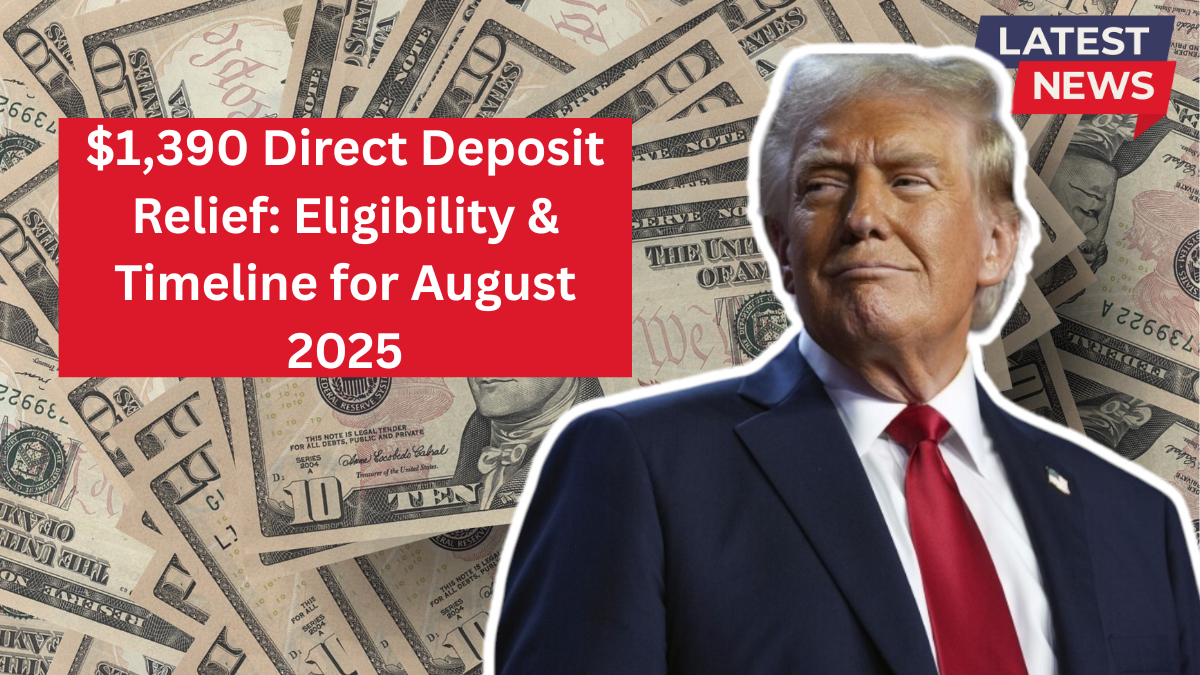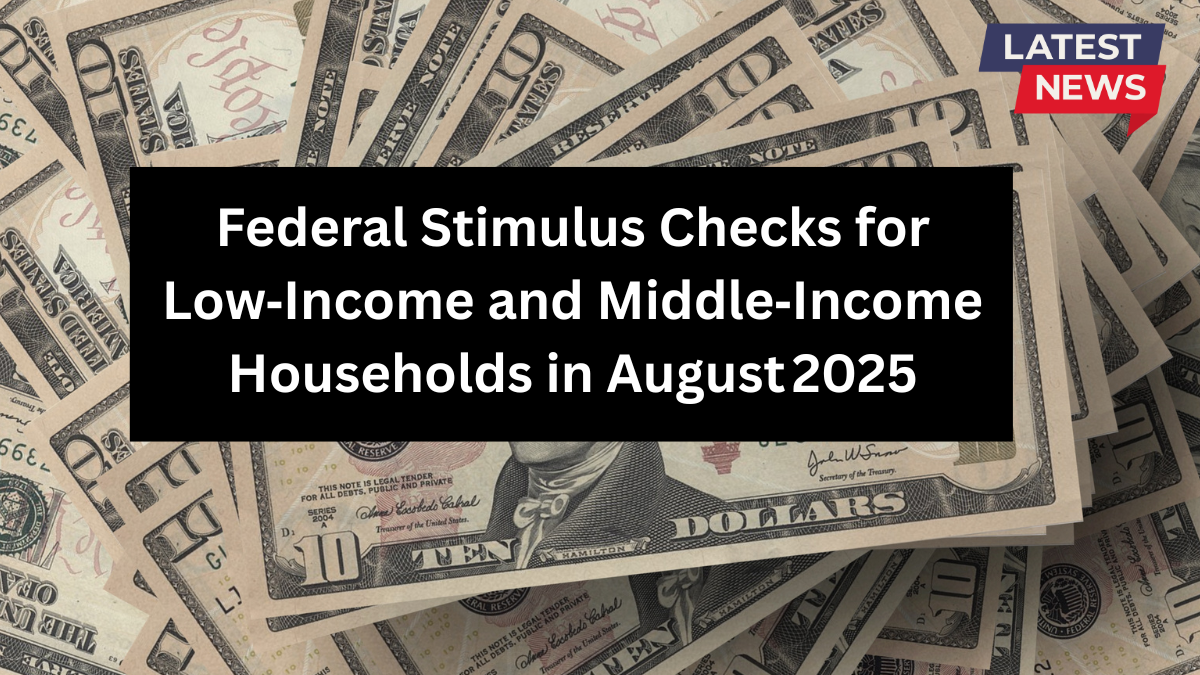In a time when every dollar counts, the month of August 2025 brings long-awaited financial help for millions of Americans. With both federal and state stimulus payments being issued, many families, retirees, and low-income individuals are breathing a sigh of relief. Whether it’s groceries, school clothes, rent, or utilities—you deserve to know exactly what help is available to you. This guide breaks down the most recent updates so you don’t miss a payment you qualify for.
Federal Stimulus Payments: Who Gets What in August 2025?
The IRS is rolling out additional payments through the Recovery Rebate Credit and other relief measures in August.
Here’s what’s happening federally:
- A $1,390 Recovery Rebate Credit will be sent to qualifying individuals who:
- Filed a 2021 tax return
- Have income below $75,000 (single) or $150,000 (married filing jointly)
- Missed part or all of a previous COVID-era stimulus check
- Payments are going out automatically for many people—especially those who:
- Receive Social Security, SSI, SSDI, or VA benefits
- Have up-to-date direct deposit info with the IRS
To track your payment or check eligibility, visit the official IRS site at www.irs.gov.
State Stimulus Payments: What’s Available Locally?
In addition to federal support, several states are distributing their own relief payments to help with rising living costs.
Here’s what’s confirmed for August:
- Colorado, Georgia, and New Jersey are issuing $1,750 payments to qualifying residents
- Alaska is delivering a $1,702 Permanent Fund Dividend (PFD) to all eligible applicants
- Some states are offering targeted relief for:
- Seniors
- Low-income households
- Parents with dependents
Every state has its own requirements, so check your state’s official Department of Revenue website ending in .gov.
When Will You Receive Your Payment?
Here’s what the August payment timeline looks like:
- August 10–15: IRS begins federal direct deposits
- August 15–25: Most state stimulus payments start arriving
- Paper checks and debit cards may arrive a few days later
You can track your payment through the IRS “Get My Payment” tool or your state’s payment tracker.

How Will You Receive the Funds?
Depending on your registration status, you may receive the payment via:
- Direct deposit (if bank info is on file)
- Paper check mailed to your address
- Prepaid debit card, for some residents
If you’re unsure, visit www.irs.gov or your state’s .gov portal to confirm.
Why These Payments Matter Now
Inflation, job loss, and medical costs have left many families stretched thin. These payments are more than assistance—they’re dignity, hope, and breathing room. Whether it helps with groceries, overdue bills, or just getting through the month, every bit matters.
This August, for many, relief is finally arriving.
The August 2025 stimulus update is bringing much-needed relief to homes across the U.S. Whether you’re receiving a $1,390 federal payment, a $1,750 state check, or Alaska’s $1,702 PFD, now is the time to check your eligibility, confirm your payment method, and ensure your info is up to date. Don’t let your money go unclaimed—visit official sources and act now.
Frequently Asked Questions (FAQs)
Q1. Who qualifies for the $1,390 federal stimulus check?
Individuals who filed a 2021 tax return and missed previous credits or fall under the income limits.
Q2. Which states are sending extra stimulus in August?
Colorado, Georgia, New Jersey, and Alaska are among the states issuing payments.
Q3. Will this affect my Social Security or Medicaid benefits?
No. Stimulus payments do not count as income and won’t reduce your federal aid eligibility.
Q4. What if I didn’t file taxes in 2021?
You may still be able to claim the Recovery Rebate Credit by filing late. Visit www.irs.gov.
Q5. Can I still get payments from earlier years?
Yes, if you’re eligible and haven’t claimed them, you may still receive them retroactively.
